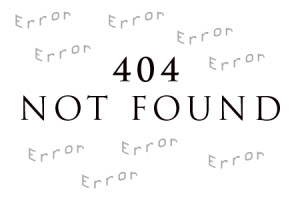|
Importance: High
Error «4xx Error Pages: Client Error» Description
Indicates URLs returning a 4xx HTTP status code.

The Importance of the Problem
URLs returning a 4xx status code are included in the 'Broken pages' report, and also singled out in the '4xx Error Pages: Client Error' report since they are quite widespread. This status code means that an error occurred during server request (e.g. there is no such page on the site, it has been deleted, or the user has no rights to access it).
Landing on such addresses, users see an error page instead of desired content, that's why they may consider the site low-quality and leave it.
When the site has lots of links to broken pages, search engines may also consider it low-quality and decrease its rankings in search results. Additionally, search robots waste crawling resources on broken pages, that's why important pages may lack them and not get into the search index. As a result, the site may lose search traffic.
How to Fix Error
Delete links to URLs with 4xx response code or replace them with links to available pages.
If a lot of URLs returning the 429 status code appear during crawling, they might be unavailable due to a high load on a site. In such case, pause the crawling, decrease the number of threads in settings, set a delay between requests, or use a list of proxies, and after that continue crawling. When crawling is complete, recrawl unavailable URLs: just select the URLs in the table and use the Ctrl+R shortcut.
|